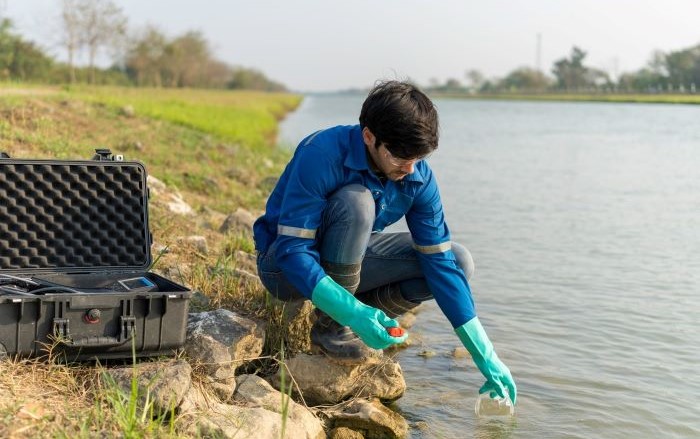Mind the Gap for Biodiversity
Edinburgh Napier’s Centre for Conservation and Restoration Science (CCRS) supports multiple industries and organisations through consultancy and collaborative projects. By sharing our research, knowledge, and expertise, we support businesses achieve their biodiversity and net zero targets.
Problem:
In urban environments, land usage changes over time. Brownfield sites are areas previously developed for human use that have become vacant and derelict, eventually developing unique habitats. For landowners and developers, being able to accurately assess the biodiversity that these sites support has become increasingly important.
Solution:
In an innovative research project, scientists from our Centre for Conservation and Restoration Science (CSRR) have partnered with National Highways and Balfour Beatty to evaluate the biodiversity supported by brownfield sites in Scotland and their importance in the wider landscape..
A pioneering biodiversity research project
Over a two-year study, the Mind the Gap for Biodiversity project aims to accurately assess biodiversity at five National Highways’ brownfield sites in Scotland. These sites include disused railway structures featuring overbridges, tunnels and viaducts within the urban and rural landscape.
Studies in recent years have shown that the regular disturbance which typically happens at brownfield sites, such as earth movement during development and vegetation removal, plays an important role in increasing biodiversity as it can mimic natural ecosystem processes. This could mean that brownfield sites hold an importance which is not widely recognised in terms of supporting a wide range of wildlife and plants.
Using latest surveying technologies to monitor biodiversity
In addition to traditional biodiversity surveying of the sites, experts from Edinburgh Napier are using emerging technologies, including environmental DNA, camera traps and sound recorders, for passive acoustic monitoring.
The key learning and desired outcome of this collaborative project is to understand how brownfield sites support biodiversity in the wider landscape. This project offers an opportunity to reset and reframe our approach to biodiversity management and contribute to national and devolved governments meeting biodiversity targets in the coming decades..

